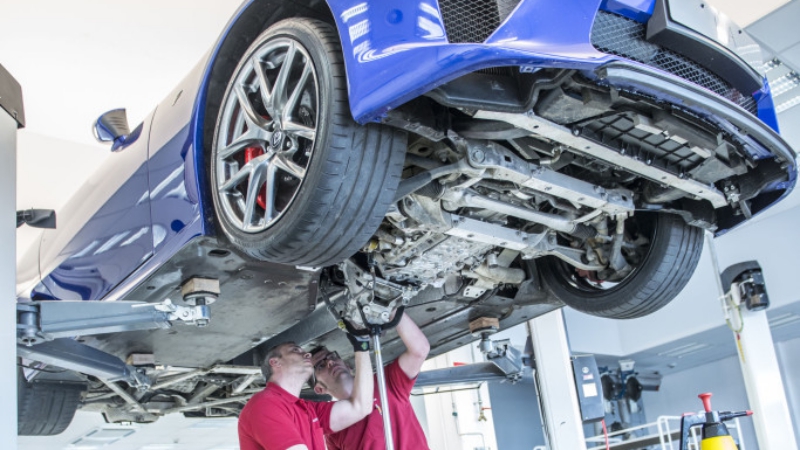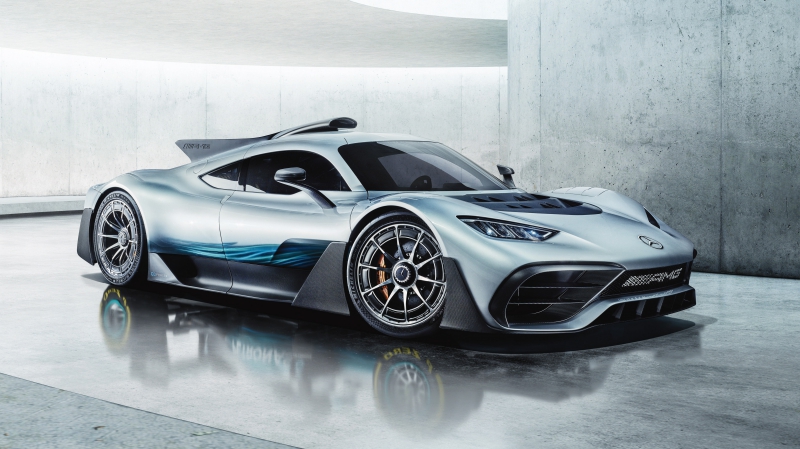We might be shy of a year from a brand new decade, but it is still debatable whether BMW has ended their niche carving ways of the 2000s. Sure the 3 Gran Turismo and MINI Paceman are dead, but then again we have the diminutive X2 coupe SUV, so don’t hold off that invention just yet. One niche that BMW has conveniently avoided since is that of an “M Supercar”, so much so that BMW’s M Division head, Markus Flasch felt the need to set the record straight again in a recent interview with Australian journalists.
According to Flasch, there will be no “M supercar” and the new 441kW M8 will be quick enough to be a true “911 Turbo slayer”. 0-100km/h in 3.2sec in its quickest form and built to be more focused than the already impressive M5, it’s hard to argue with those claims and tell Flasch otherwise.

The question itself is nothing new to the M Division. From as far back as 2011 journalists were already prodding M Division representatives with that same question. Back then there was precedence from its rivals. A year prior AMG released their SLS and the five-year-old Audi R8, a product of Audi quattro, had already established itself as a bonafide supercar. So why shouldn’t Munich’s famed performance alphabet have a dedicated performance model of its own? Needless to say, as it was then as it is now, the company higher-ups insisted that their cars already “come with supercar performance”. Even though an M Division engineer would hint at a dedicated supercar in development every now and then, it is pretty much case closed.
BMW’s apprehension to step into the supercar ring is understandable. The mid-2000s was a tumultuous time for supercars in the performance hierarchy. Jeremy Clarkson famously harassed a V12 Murcielago with an over-steroided Mitsubishi Evolution 9 on track, Autocar pitched a V10 M5 against a Ferrari F430 with rather impressive results, while Nissan continuously locked horns with Porsche over Nurburgring records for the GT-R and 911.

The waters aren’t as still today as it was back then with hot hatches delivering more power and pace than the supercars from the era that birthed the genre, and social media sleuths continually banging on about how Teslas are regularly humiliating supercar royalty at the drag strip. Imagine pouring in millions into a brand-building supercar only for it to be dragged through the dust by a poorly built electric sedan made by the inventor of Paypal.
That being said, it isn’t as though such revelations have brought the supercar aristocracy down. Instead, despite having our assumptions challenged, the supercar market has never been better. By the time production of the Gallardo finished in 2013, Lamborghini had built nearly as many examples as there were Lamborghini cars up to that point. Ferrari is not only making a healthy profit off every car sold, but its strategy of “picking its customers” ensures demand remains just as robust.

Even the M Division’s own rival, AMG, is turning up the ante with a road-going interpretation of their championship-winning Formula One car, and not to mention the multitude of new supercar players from Brabham to a resurrected De Tomaso that are set to come to the market. If we didn’t know any better, it would seem that the supercar star is shining even brighter, for the supercar maker that is.
For companies like Ferrari, Lamborghini, and Porsche, where supercars are its bread, butter, and essence, there is a clear “do-or-die” incentive to build and sell supercars. To maintain the myth that gives value to its name and the cars that it builds. Even though significantly larger billion-dollar mainstream car makers are more than able to finance the development of a supercar, paradoxically it might be more costly than they are worth.

As glamorous as selling supercars might sound, keeping them running is a challenge, not only because most supercars need special care, special tools, and special training just for routine maintenance or repair, but also because providing care for a small number of garage divas is a challenge for businesses that are built around volume and routine.
Most dealers have built their business around dealing with its a mass of regular everyday cars, and not the whims and fancies of sophisticated machinery clad in precision fitted exotic materials and engineering that get periodic usage. In a world of increasingly thin margins, making exceptions for temperamental low-volume crown jewels is a luxury more and more businesses can ill afford.

It is also worth noting that the AMG One and Audi R8 were byproducts of its parent company’s individual motorsports success, or to be more accurate, domination, in Formula One’s hybrid era and the Le Mans prototype era respectively. One has to wonder if Affalterbach and Neckarslum would have proceeded with their halo creations if such motorsports successes didn’t come their way.
It wouldn’t be a stretch of the imagination to reason that Audi’s departure from Le Mans and entry into Formula E had a part in the company’s consideration of killing off the R8 supercar after this generation, in favour of electric cars. Similarly, some might blame the 2015-17 Honda-McLaren debacle as a reason for the new NSX’s less than enthusiastic reception. Either way, as appealing as the myth of the supercar is, it is impossible to separate it from the business reality that it exists in.

The reality is that the supercar is largely irrelevant to users and businesses, becoming less of a symbolic triumph than a white elephant in an industry that is increasingly uncertain of its own future. Even so, as the rising popularity of supercars have proven a persistent and prevalent myth that has served only the perpetuate its own significance, perhaps such lofty creations of legend are the solution for mainstream car makers to continue existing in a world that had made it irrelevant. Maybe by then, the product planners of BMW might change their tune, hopefully, it will be long after carving out the last niche imaginable.

